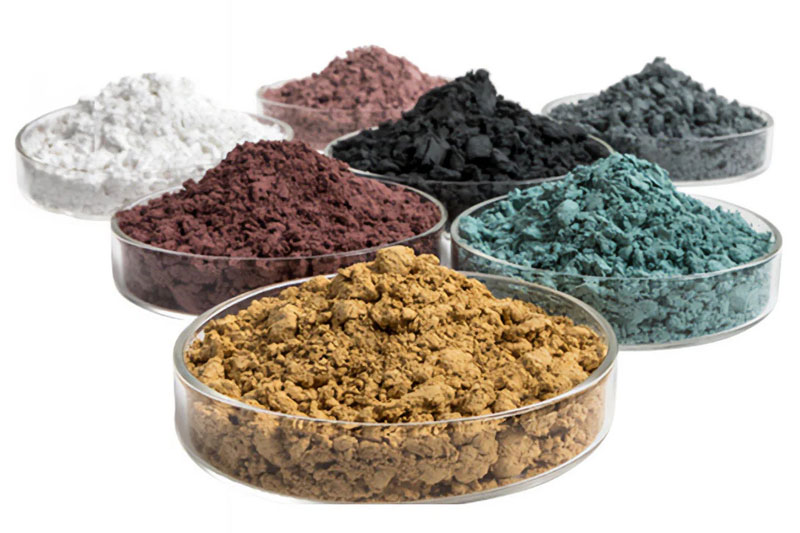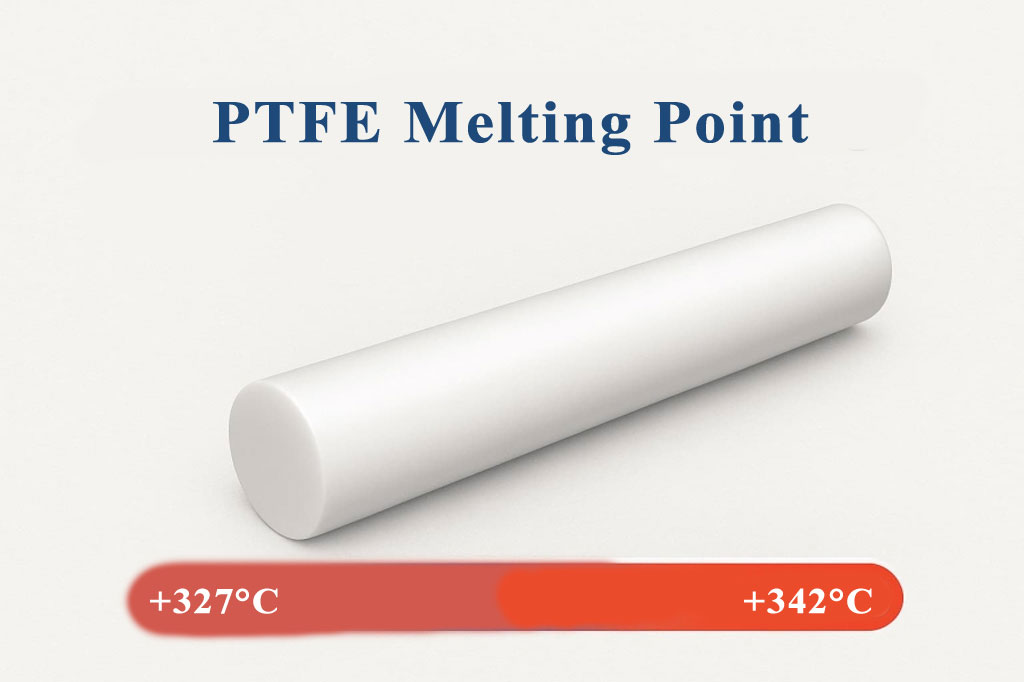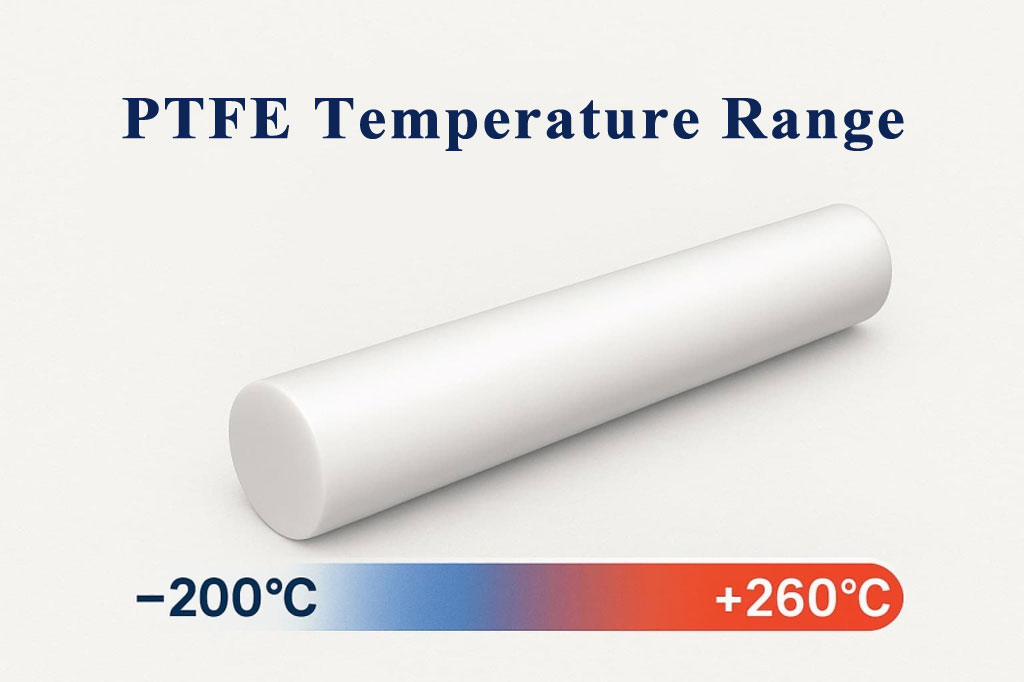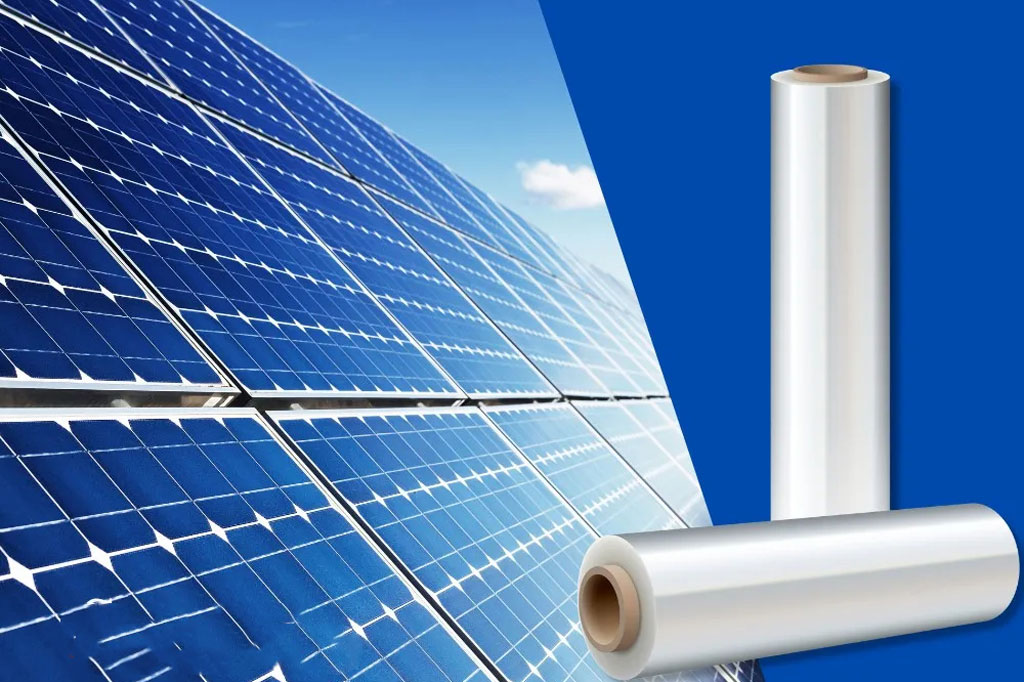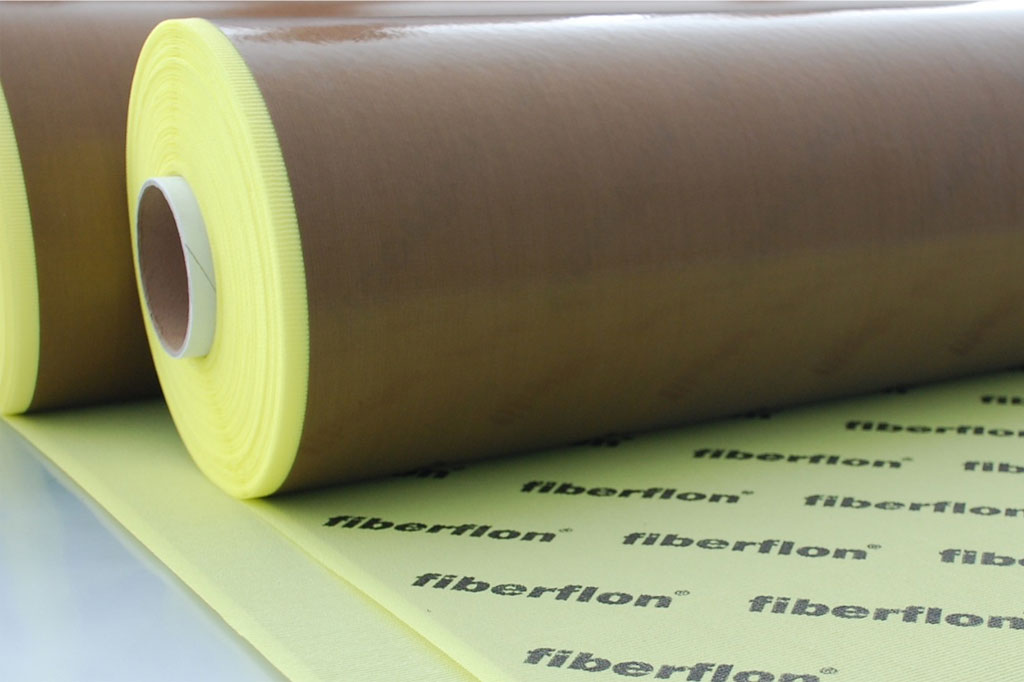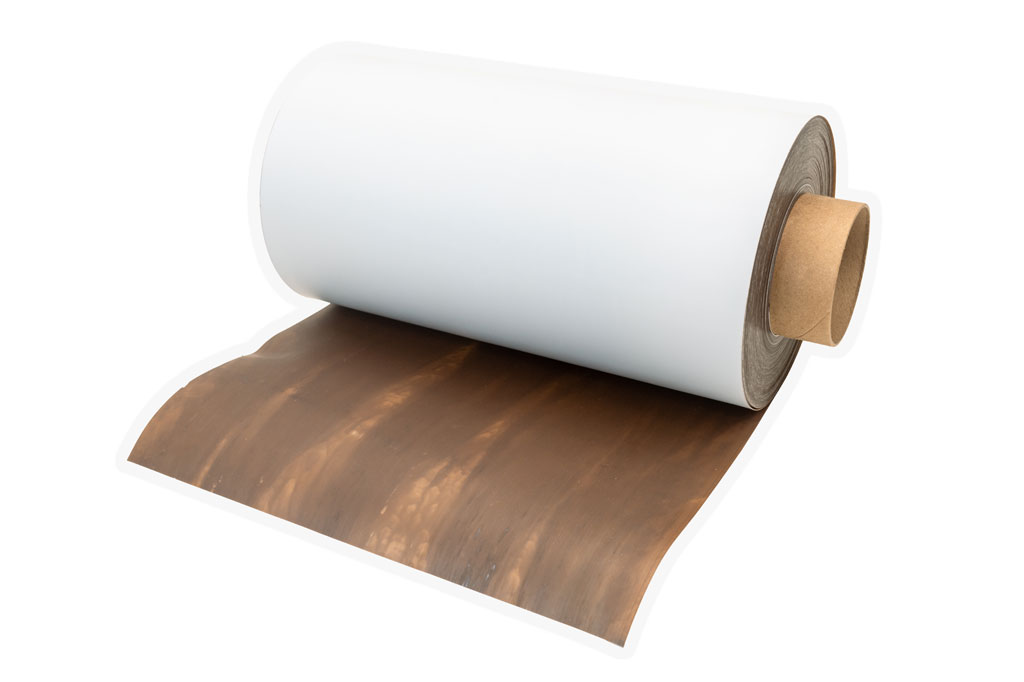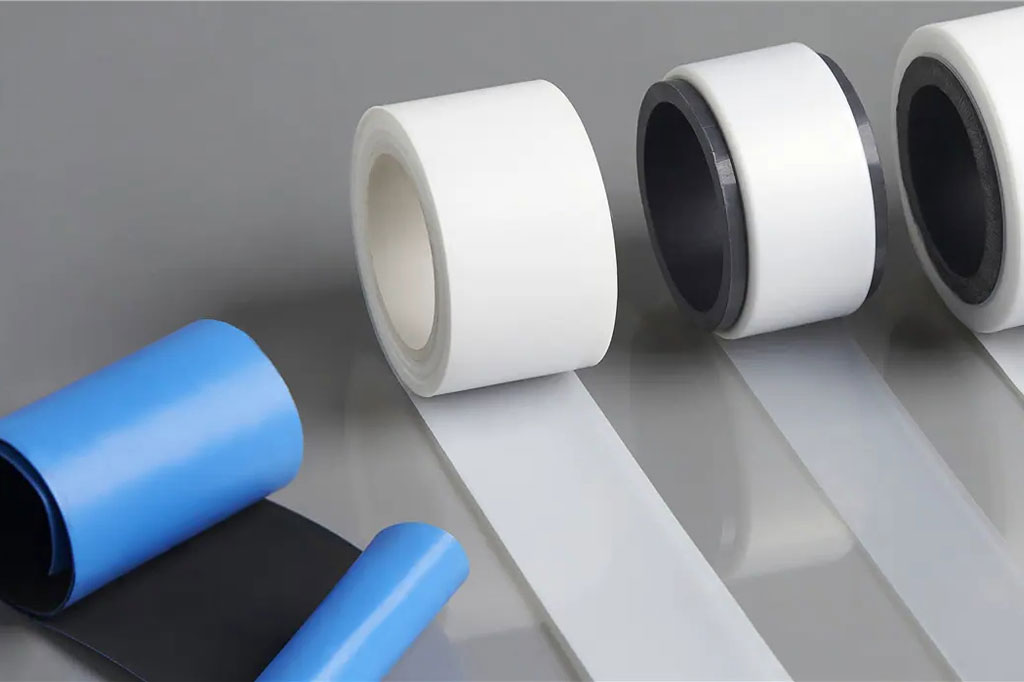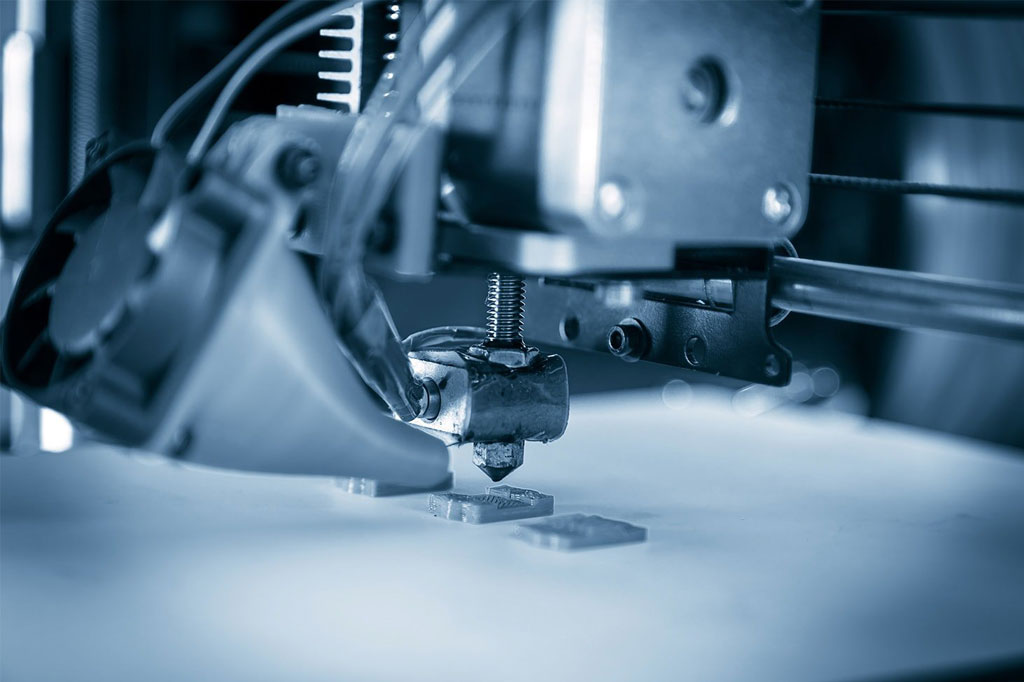PTFE Filler Types
Pure PTFE has certain limitations, including relatively low wear resistance, high creep, and reduced mechanical strength under load. To address these performance gaps, PTFE is often blended with fillers that significantly enhance its properties. These fillers enable PTFE to perform reliably in more demanding environments, improving characteristics such as dimensional stability, wear life, heat resistance, […]

